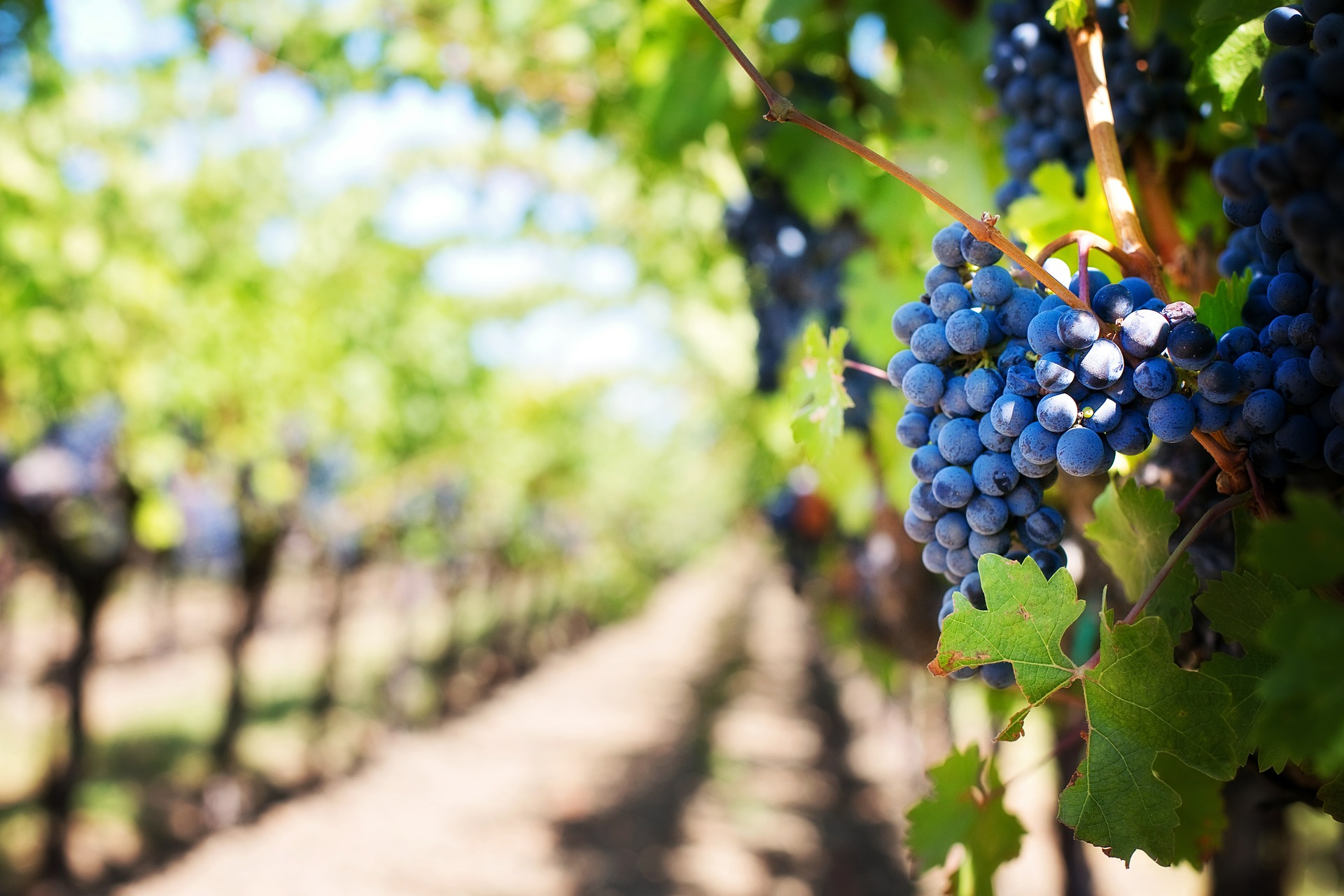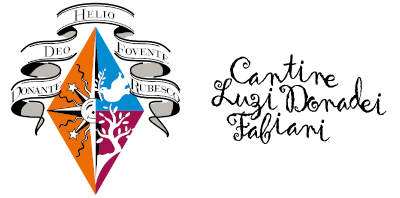
20 May INTERVIEW WITH ANDREA LUZI WINE PRODUCER IN CLAVESANA, IN PIEDMONT
The territory, aesthetic sublimation generated by human work:
Andrea, how did you come to produce wine?

For 400 years my mother’s family has led the estates, and when I was born in 1965, the epochal change was already underway, and my mother chose the way of bottling and labeling the wines that could then be called Dolcetto di Clavesana making them known to Luigi Veronelli and to the various trade associations.
What varieties do you grow and what denominations do they represent to you?
Dogliani docg, Dogliani docg Superiore, both 100% from Dolcetto grapes. Barbera doc, Chardonnay doc.
Tell us about your work in the vineyard and in the cellar.
The forty hectares of land are organized into approximately 3 hectares of vineyards and the rest of it is sown and wooded. Processes of ancient tradition, such as submerged cap fermentation, which was once enriched with pressing and “mushrooming” the hat, that is the solid matter pushed up into the barrel by the first fermentation, the alcoholic one, in order to extract from the grape skin, divided by the pulp because of the pressing, those magical substances that really make a wine great, that polyphenolic complex, those colors, tannin and in a word that character of the product. Now we get all this with the revolts, that is, by spraying the hardened hat from the top of the barrel. The Cantina’s processes are worth a mass, and therefore also filtering the wines with specific lands instead of with the filter pump means less violating the wine, letting its indiscreet and a little imperfect nature live. But on the field, that is, in the vineyard, even more is said in chorus. In the sense that by reducing the number of defensive, and perhaps offensive, treatments, you get greater freedom of flavors and aromas.
Our vineyards, planted on limestone, tufaceous lands, at 390 – 490 meters above sea level, in the specific case of the Dogliani DOCG vineyard Conzia 2012, are 15 years of average age, are luxuriant in the vegetative part above ground, while developing a mass of roots not too pronounced, exposed to the West and Southwest, they offer an aesthetic reason for their being: as a child, a German asked me why the vine branch went in that way and in that sense, and I, shameful, felt full embarrassment. I didn’t answer. The Guyot method, top, that is, bends the master branch, called the head, towards the setting of the sun to invite the vineyard to follow the sunny rhythm of the day, and this explains the natural architecture of the vineyard and its aesthetics, as it appears to anyone : vine stumps rise from the earth, almost as if they were a world, says Pavese, and the head of the head folds with a bow tender to the west, and on top of it, on the back of this, the buds rise, which are raised comb-shaped, led by threads, stretched by human hand.
How much do you think the territory affects wine?
The wine, as I mentioned it, is the mirror of the property and its terroir: if the oenologist on duty approved the product, I would get correct but ageographic sensations. Just as in literature, the texts I love most are those full of links with the context of reference, the food and wine I love them contextualized. I am not against global processes, on the contrary, but the two paths must grow together and therefore a collective maturation is very hard to obtain.
What binds you most to your territory, and what do you find of this in the wine you produce?
The territory as landscape, natural architecture, aesthetic sublimation generated by human work. There is nothing natural, in the face of naturalists and greens, it is all an extraordinary artifice, which if well managed, brings you feelings of great truth. The reasons that produce this aesthetic are deeply motivated. And the air, which always seems more nutritious than elsewhere. But above all the imperfect, slightly angular, sour taste of those people.
What are the typical flavors of your land that you like to pair more with your wines?
The Murazzano Toma, of goat, our wild and hard boars, and the meats of the Carrù plain.
Passions aside from wine: what do you love to do when you don’t make wine?
Smoking a pipe, sailing, sailing in the woods, reading, looking for women. Mah.
A message to Svinando’s friends.
Searching, looking for the light inside, and being able to say, to give, to express: fantastic!
Source: Svinando
